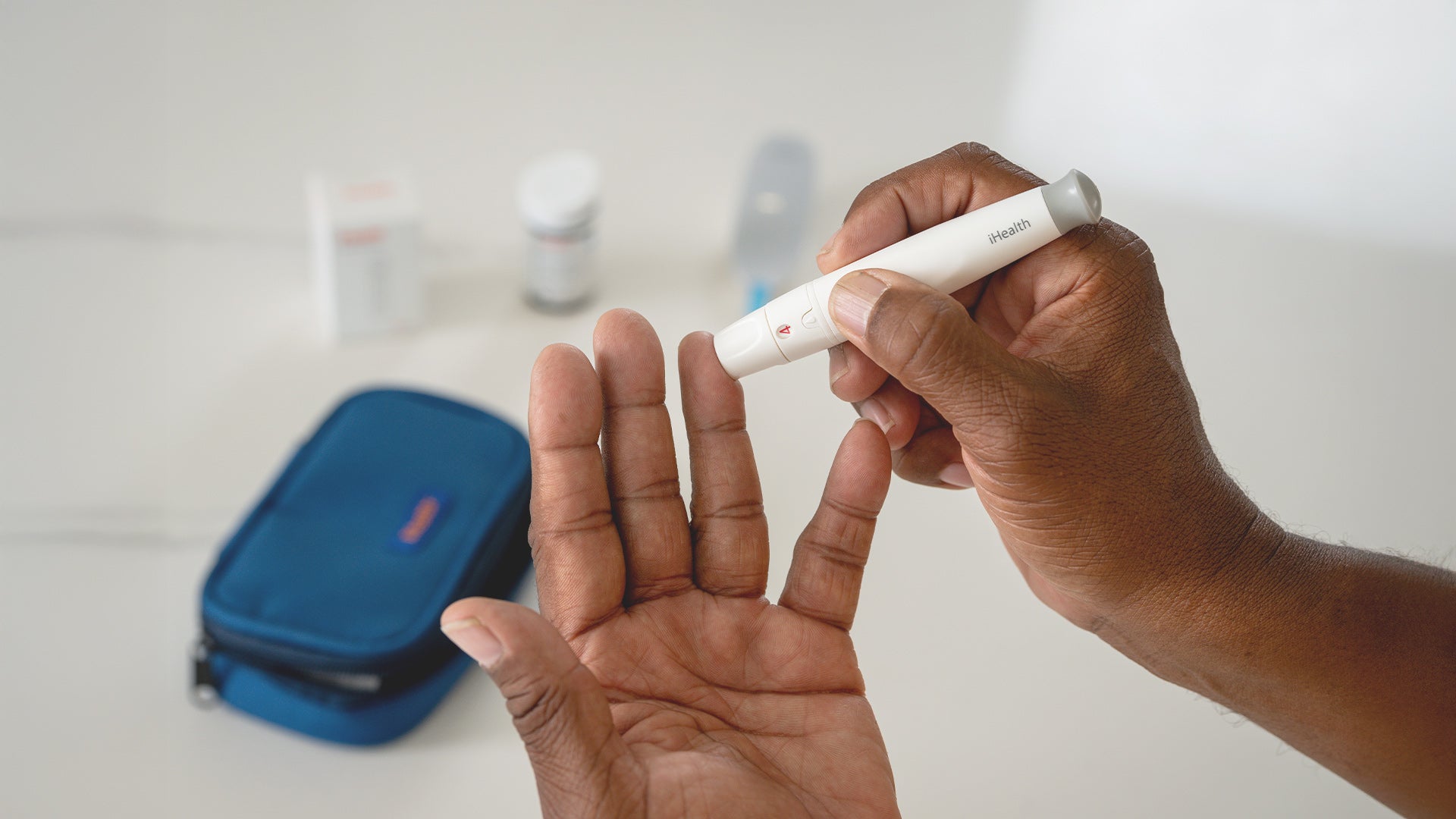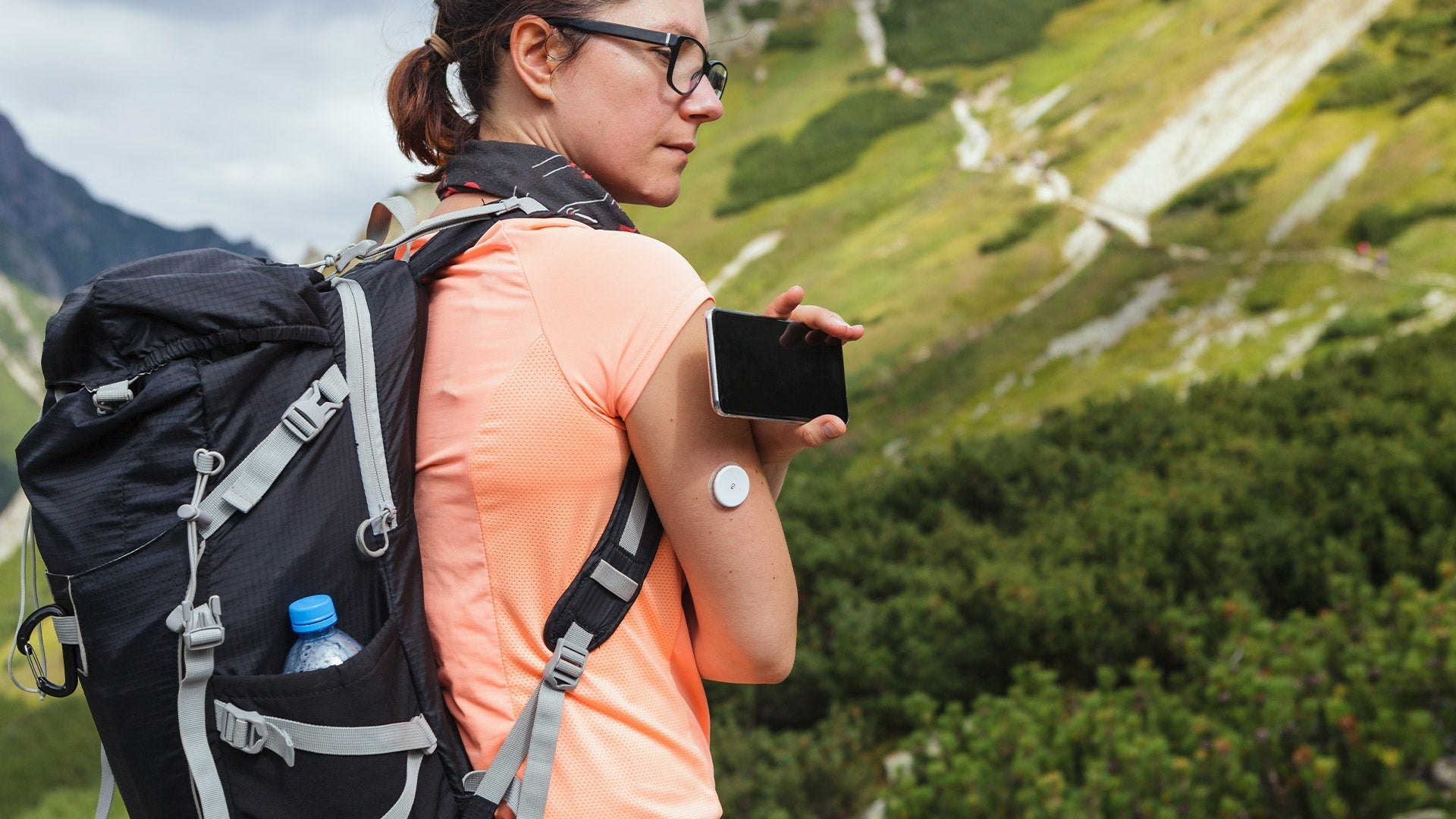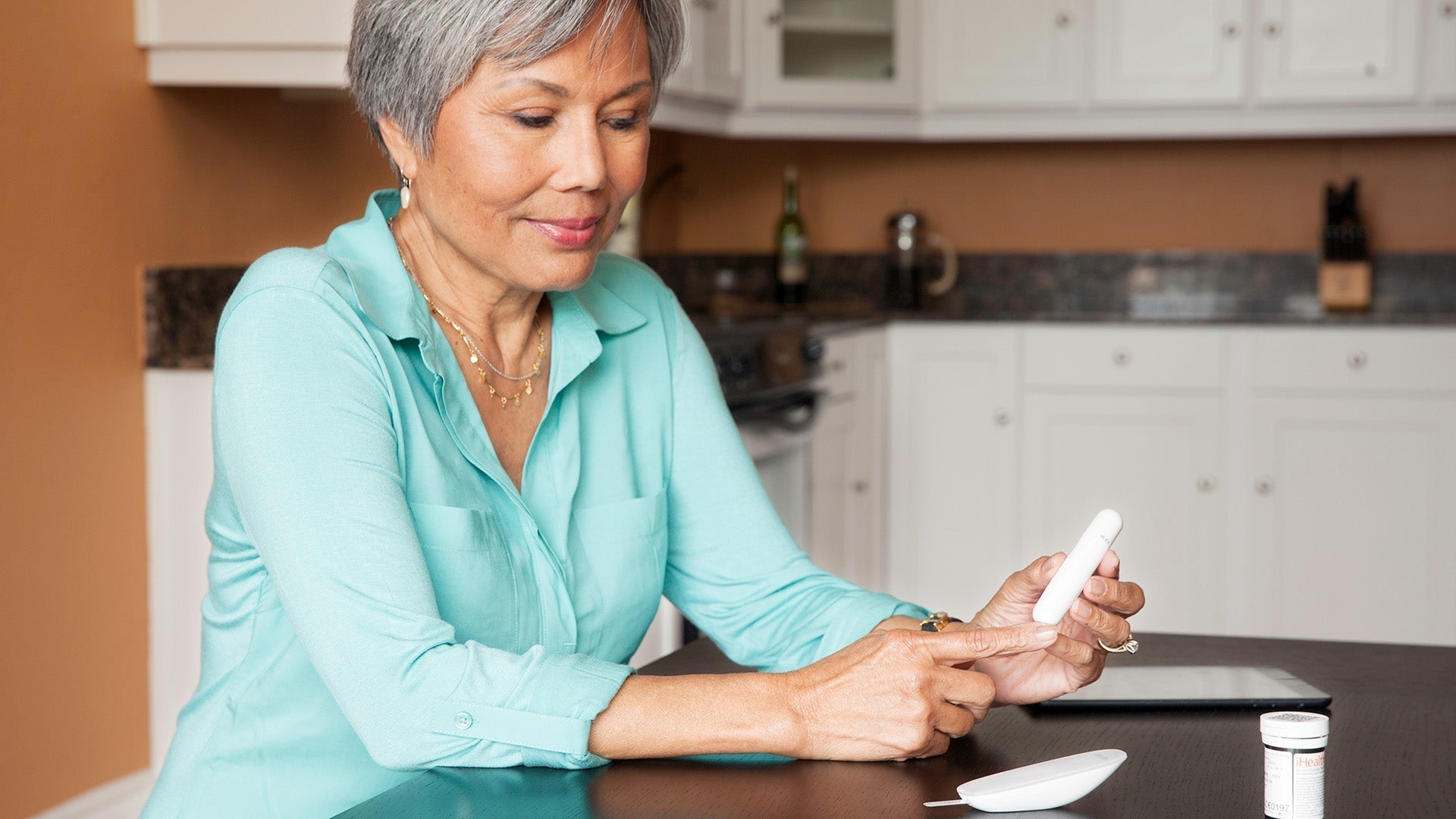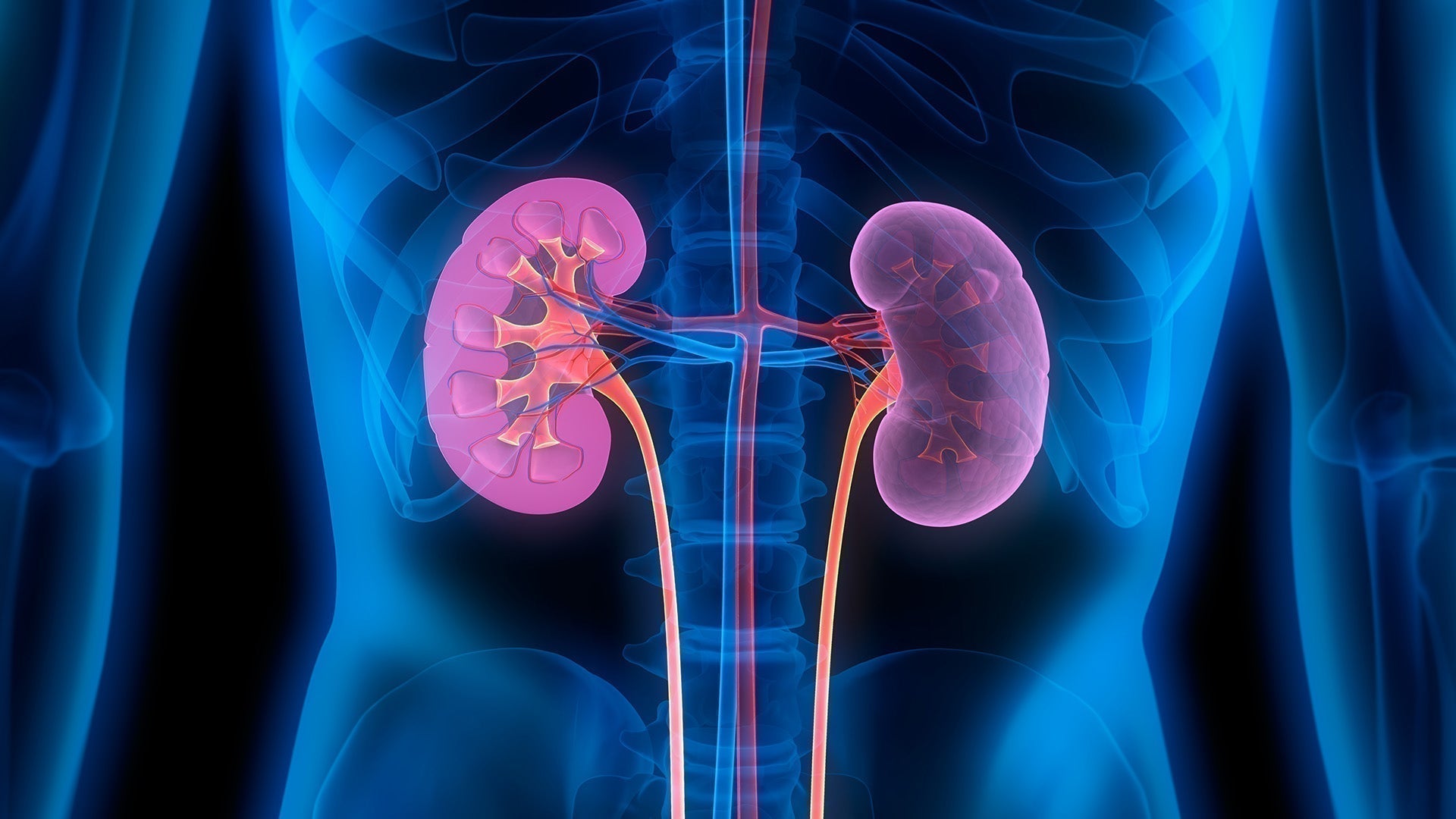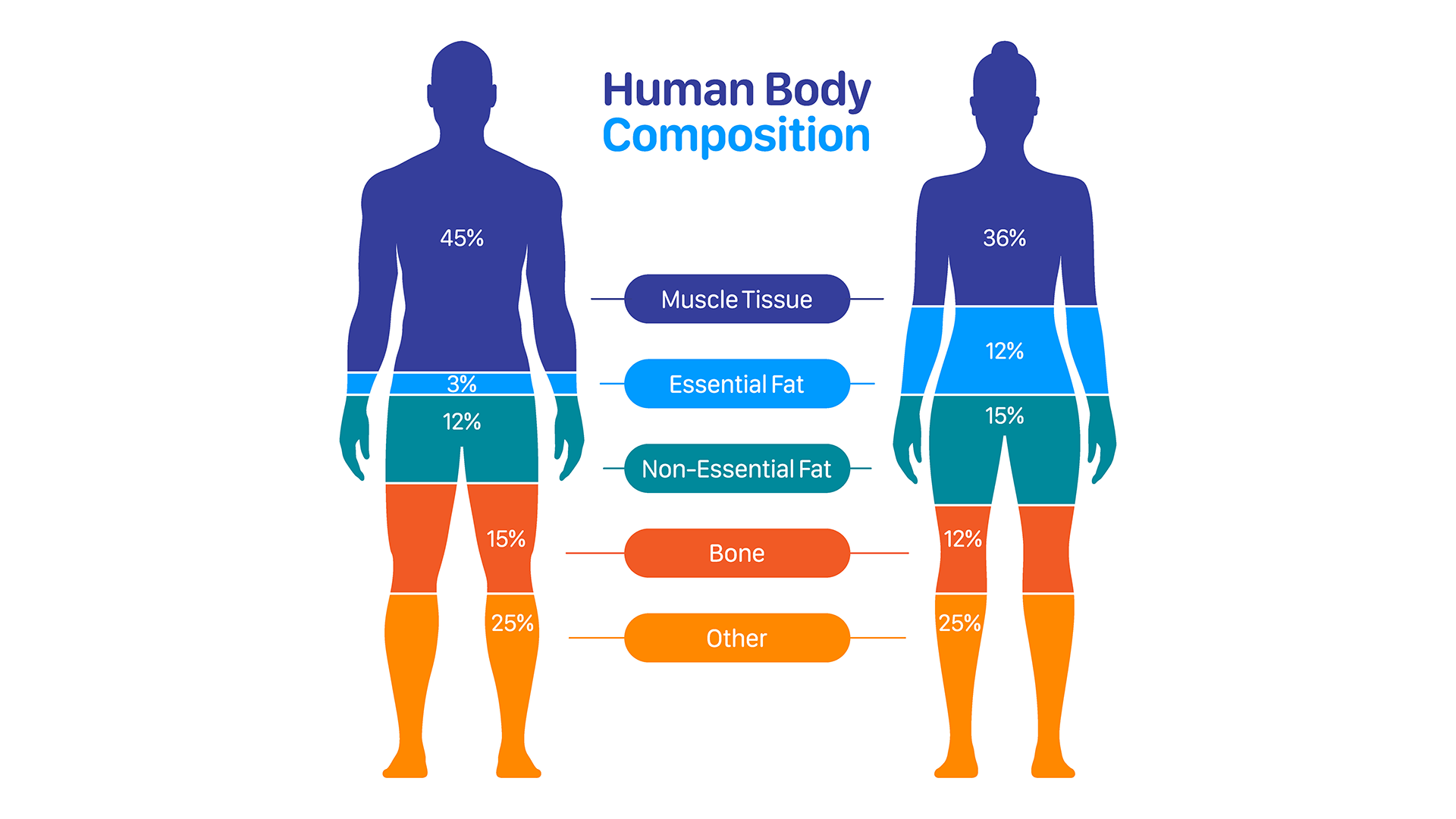Learn Your Way
to A Healthier Life

The start of a new year motivates us to create fresh goals, healthier habits and a reinvigorated commitment to fitness. However, for those with diabetes, navigating exercise requires careful monitoring of blood sugar levels to maximize the health benefits while managing their condition effectively. Glucometers can play a crucial role in this process and empower you to achieve your fitness goals, offering invaluable data about blood glucose fluctuations before, during and after exercise.
The Role of Exercise in Diabetes Management
Regular physical activity offers tremendous benefits for individuals with diabetes. It improves insulin sensitivity, helps regulate blood sugar levels, promotes weight management and boosts cardiovascular health. For those managing diabetes, the journey to fitness isn’t without challenges. Blood sugar fluctuations, potential episodes of hypoglycemia or hyperglycemia, and the need for proper fueling and hydration require a strategic approach. This is where glucometers come into play.
Glucometers: Essential for Exercise
Glucometers are small, portable devices designed to measure blood glucose levels in real time. They provide vital insights into how your body responds to physical activity, enabling you to make informed decisions that support both your safety and your fitness goals. Here’s how glucometers can be your trusted companion in exercise:
Real-Time Monitoring
One of the most significant advantages of using a glucometer is the ability to monitor blood sugar levels in real time. Before starting a workout, a quick blood test provides a baseline reading. During exercise, periodic checks help ensure your levels remain within a safe range. Post-exercise readings reveal how your body has responded. This instant feedback allows for adjustments in intensity, duration or nutrition.
Precision and Accuracy
Modern glucometers, like the iHealth Gluco+, deliver precise and accurate readings. This is critical for exercise management, as small deviations in blood sugar can significantly impact performance and safety. With trustworthy data at your fingertips, you can confidently fine-tune your exercise routine to suit your needs.
Personalized Insights
Everybody reacts differently to exercise. Some individuals may experience a sharp drop in blood sugar during aerobic activities, while others might see a rise during strength training. By consistently using a glucometer, you can identify patterns unique to your body’s responses. These insights allow you to customize your workouts and nutritional strategies for optimal results.
Proactive Management
Proactive diabetes management is crucial for preventing complications during exercise. Glucometers empower you to detect and address blood sugar fluctuations promptly. For example, if your blood sugar starts to dip during a long run, you can refuel with a carbohydrate snack to stabilize it before symptoms of hypoglycemia set in. Conversely, if levels spike, you can adjust your intensity or take a brief pause to recover.
Enhanced Communication with Healthcare Providers
Your glucometer data is more than just numbers; it’s a roadmap for your healthcare team. By sharing blood glucose readings with your doctor or diabetes educator, you’ll gain access to personalized advice and strategies. Whether it’s tweaking your insulin dosage or recommending specific types of exercise, your healthcare team can use this data to optimize your diabetes management plan.
Best Practices for Using Glucometers During Exercise
To fully harness the power of glucometers, it’s important to follow best practices:
Pre-Exercise Preparation
Before your workout, test your blood sugar. Aim for a level within your target range. If it’s too low, have a quick snack to raise it. If it’s too high, consider delaying your workout until levels stabilize. Proper preparation ensures a strong and safe start.
Monitoring During Exercise
For longer or more intense workouts, monitor your blood sugar periodically. Carry your glucometer and any necessary supplies, such as test strips and lancets. Real-time readings allow you to make adjustments on-the-fly.
If you notice a downward shift in your blood sugar levels, it’s time to consume a carbohydrate-rich snack. Staying hydrated and fueled not only enhances performance but also prevents dangerous fluctuations in blood sugar.
Post-Exercise Assessment
After cooling down, test your blood sugar again. This post-exercise reading provides critical data into how your workout affected your blood sugar levels. Use this information to adjust your recovery nutrition—whether it’s replenishing with carbs, balancing with protein or simply hydrating.
Tracking and Analysis
Keep a record of your readings before, during and after exercise. Note details such as the type of workout, duration and intensity. Over time, these records reveal trends that help you understand your body better and refine your approach to fitness.
As you embark on your fitness journey in 2025, managing diabetes doesn’t need to mean you are limiting your potential—you can approach your goals with strategy and support. By incorporating a glucometer into your exercise routine, you’ll unlock the full benefits of physical activity while maintaining control over your diabetes.
References
Sign Up For More From iHealth
Receive the Latest News and Special Offers

